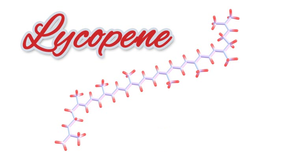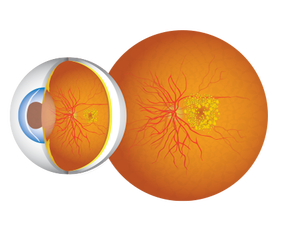Dr. Tan's research group is interested in tracking the movement and metabolism of nutrients and phytochemicals in the body, which is essential for understanding their functions. Our current research focuses on the bioavailability, pharmacokinetics, and bioactivities of nutrients and phytochemicals involved in: 1) Neonatal development, 2) Adipose tissue biology, or 3) Glucose Homeostasis. We explore how different conditions, e.g. chronic diseases, or techniques, such as nano-encapsulation, may influence the bioavailability, change the kinetics, and/or affect the bioactivities.
Retinoids |
Carotenoids |
|
Retinoids are a class of compounds that are related chemically to vitamin A, a critical vitamin involved in vision, growth, immune function, regulation of cell proliferation and differentiation, etc. Vitamin A deficiency (VAD) is a significant public health problem in South Asia and Africa, affecting primarily young children and pregnant women. VAD is the leading cause of preventable blindness in children and increases the risk of infectious diseases and death from severe infections.
|
Carotenoids are the yellow, orange, and red pigments found in fruits and vegetables and they have antioxidant functions. Some carotenoids, such as alpha- and beta-carotene, can be converted to vitamin A in the body, and therefore are called provitamin A carotenoids. Some others, such as lycopene, lutein, and zeaxanthin, have no vitamin A activity but possess special functions for the body.
|
Research Projects
Vitamin A Metabolism and Supplementation in Neonates
Little is known about the metabolism of vitamin A in neonates. In collaboration with researchers from Pennsylvania State University, this NIH-funded project aims to study the whole-body metabolism and kinetics of vitamin A in neonatal rats as well as the effects of different forms of vitamin A supplementation on the kinetics.
|
Obesity's Impacts on Lycopene Bioavailability
Lycopene, a carotenoid phytochemical, is known for its free radical scavenging potential exerting antioxidant action. Despite the potential of lycopene to influence mechanisms underpinning obesity and cardiometabolic diseases, the lipophilic nature of lycopene may limit its functionality. In this project, we are using Sprague-Dawley rats as the animal model to test the hypothesis that adiposity blunts the metabolic kinetics, circulation, and distribution of lycopene.
|
Nanoencapsulation on Bioavailability of Beta-Carotene
|
Nutritional Quality of Microgreens |
|
In this project, we are developing supramolecular guest-host structures, including starch-guest inclusion complexes, as delivery systems for vitamin A and beta-carotene, such that these nutrients can be protected against the adverse environment, and their bioavailability may be increased.
|
Microgreens are young and tender vegetable greens, and represent an exotic class of specialty crops. This project seeks to study the contents and bioavailability of phytochemicals, especially those having antioxidant properties, in microgreens.
|
Age-Mediated Lutein Pharmacokinetics
Lutein functions as an antioxidant in the body and accumulates in the macula of the eye to protect against light-initiated oxidative damage. Its decreased status or absence in the eye has shown to be a major risk factor for age-related macular degeneration (AMD), the leading cause of visual loss in people > 50 years old. The detailed pharmacokinetic profile of lutein has not been elucidated yet. The study will use Sprague-Dawley rats and compartmental modeling to establish a pharmacokinetic model of lutein and to evaluate whether the bioavailability of lutein, its delivery to the eye and its elimination are altered by aging.
|
|






